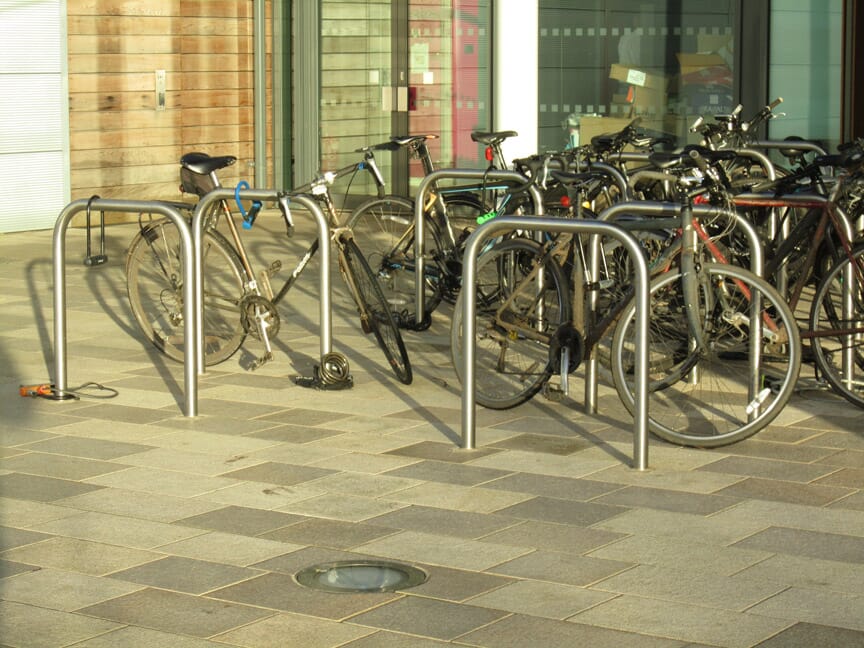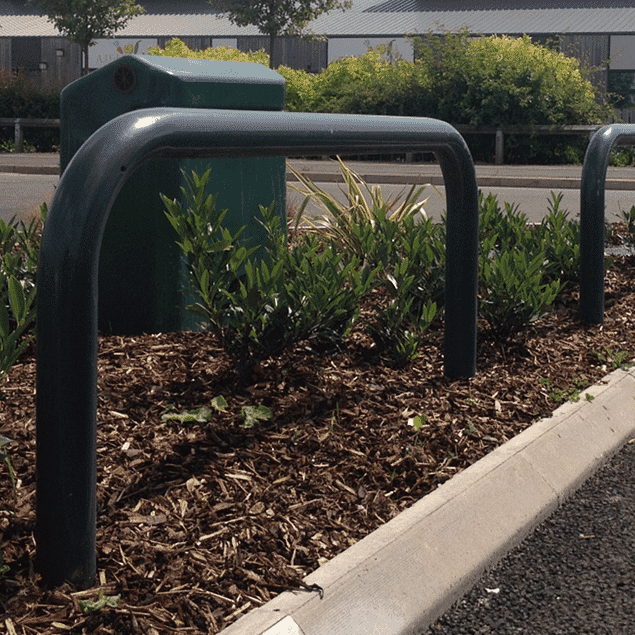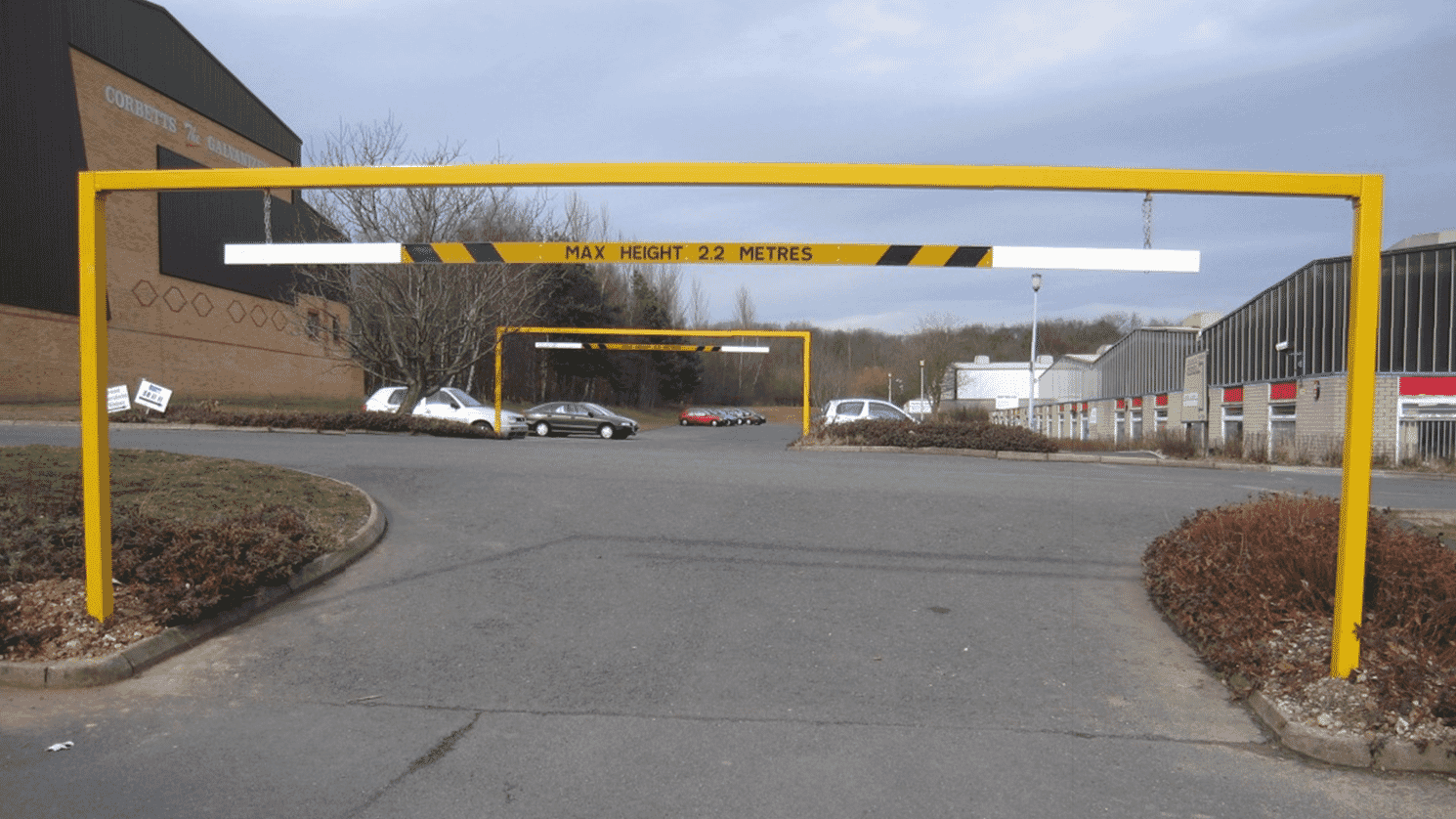

For site managers introducing safety measures in public spaces, Ezi Klamp supplies a full range of cycle stands, barrier hoops and bollards. From parking bays to building entrances, we have the specialist equipment to satisfy health and safety requirements, from designating restricted areas and keeping pedestrians safe to preventing damage to vehicles onsite.
Just let our team know your requirements and we’ll give a no-obligation quote, drawing on our fully stocked UK warehouse for goods that range from steel bollards to free-standing demarcation barriers. For the personal touch – and added visibility – most products in our range are available in three different finishes, including galvanised steel, stainless steel or polyester powder-coating in any standard RAL colour.
Nobody offers service like Ezi Klamp. Trust our expert team to fulfil your order and deliver your barriers and bollards fast, so you can install your new safety measures and be assured that your premises are protected. It’s all part of a personal service rated 9.4/10 by our satisfied customers.
CLICK LINK BELOW TO DOWNLOAD PDF LEAFLET


